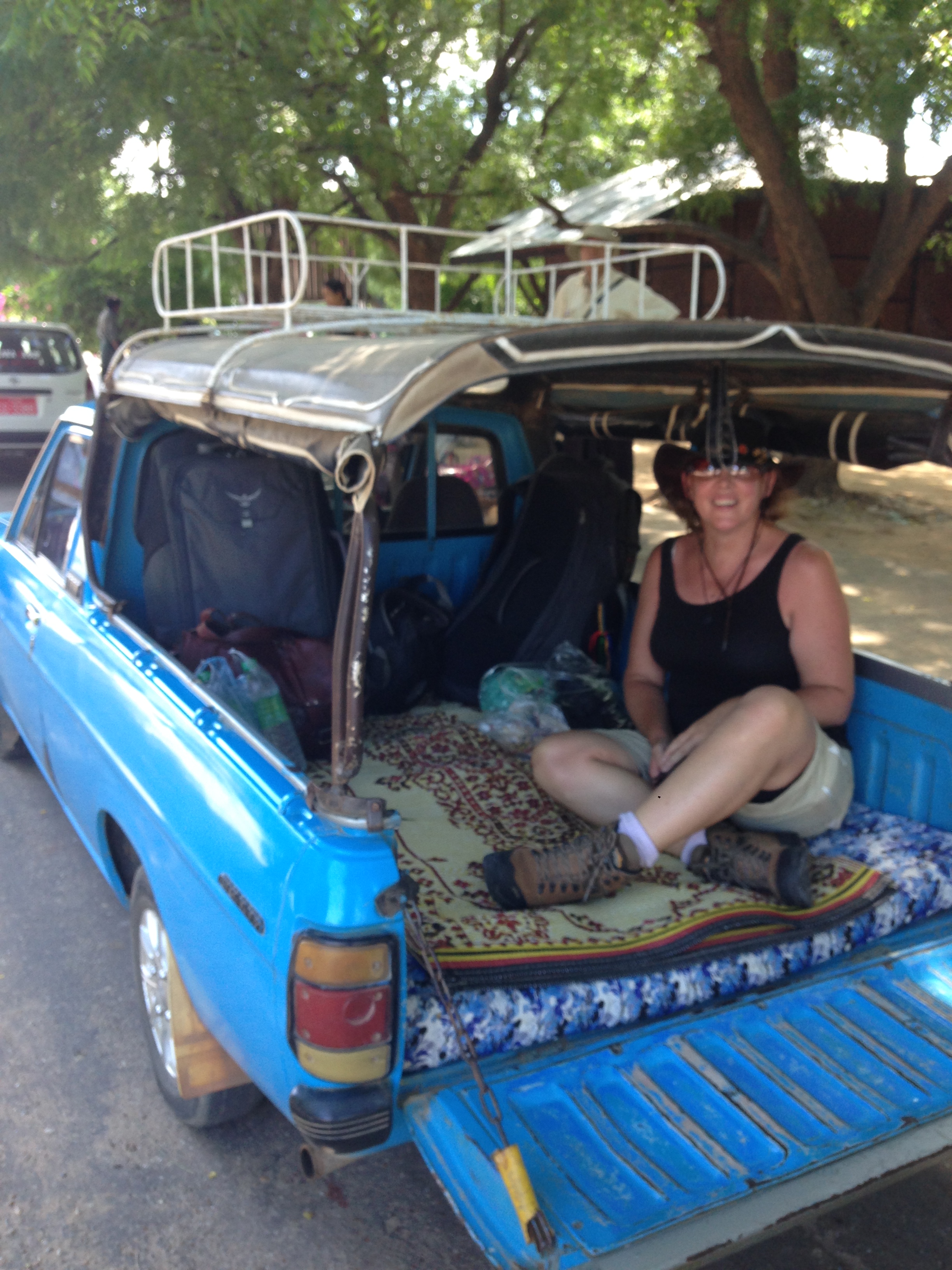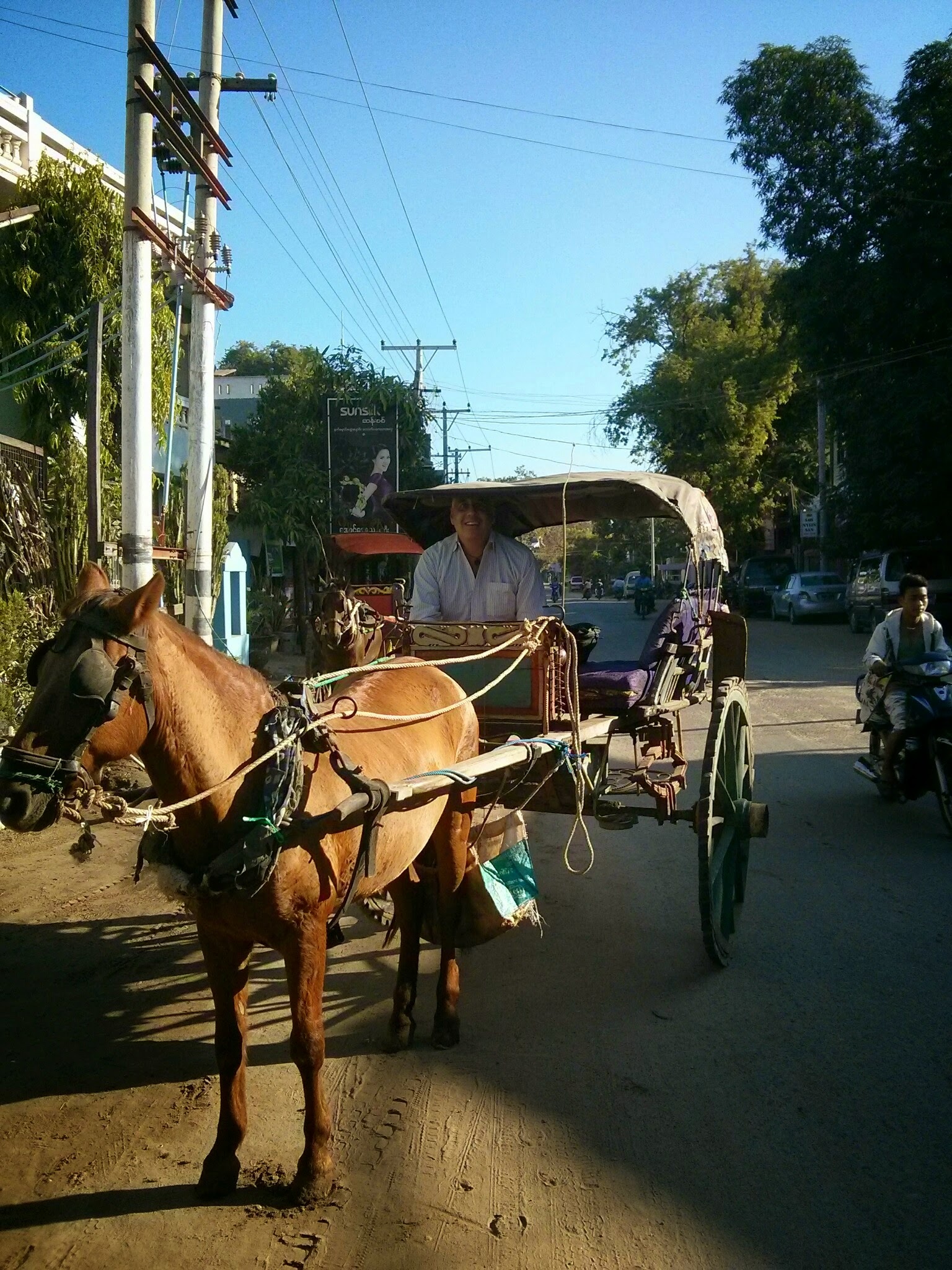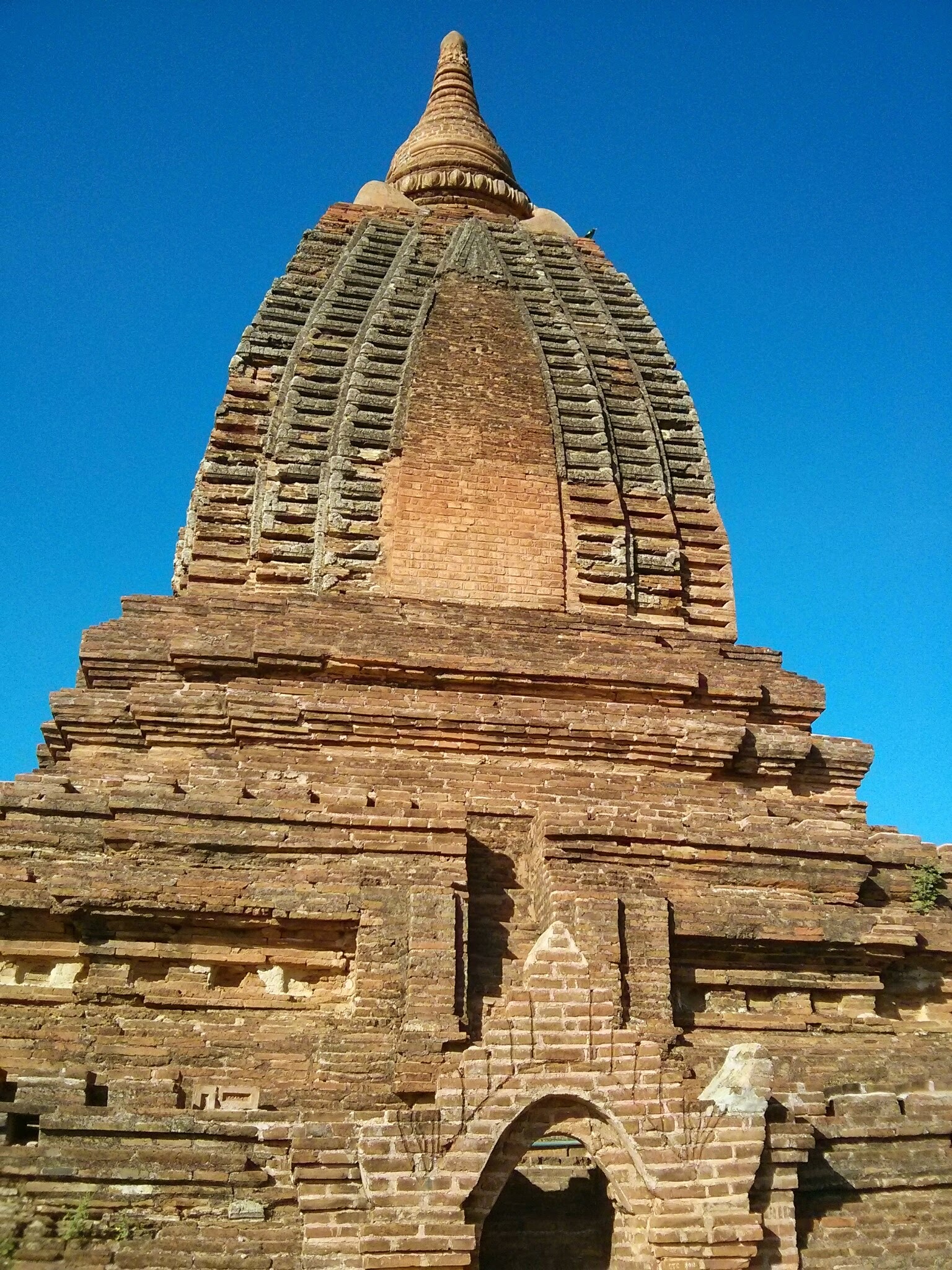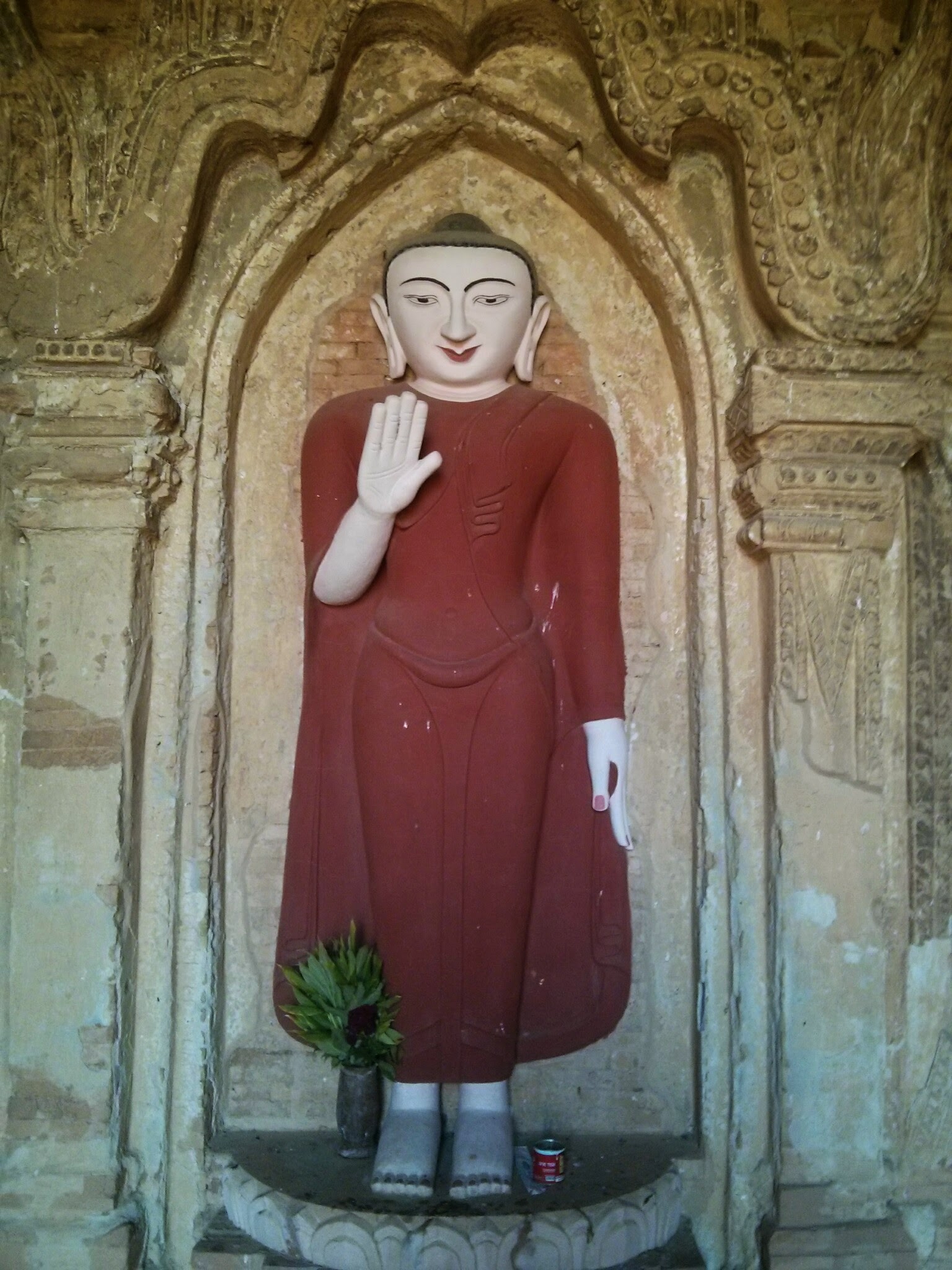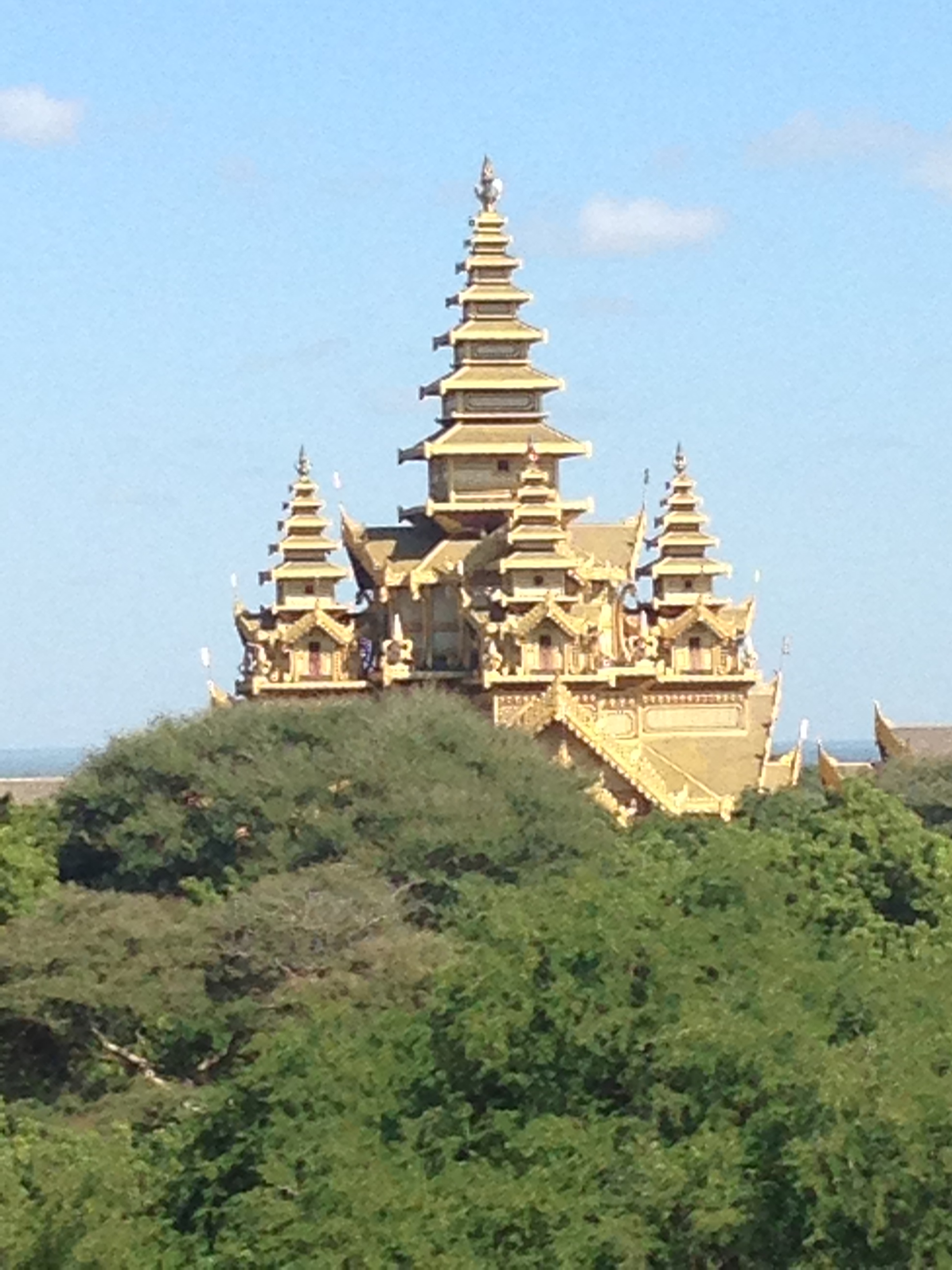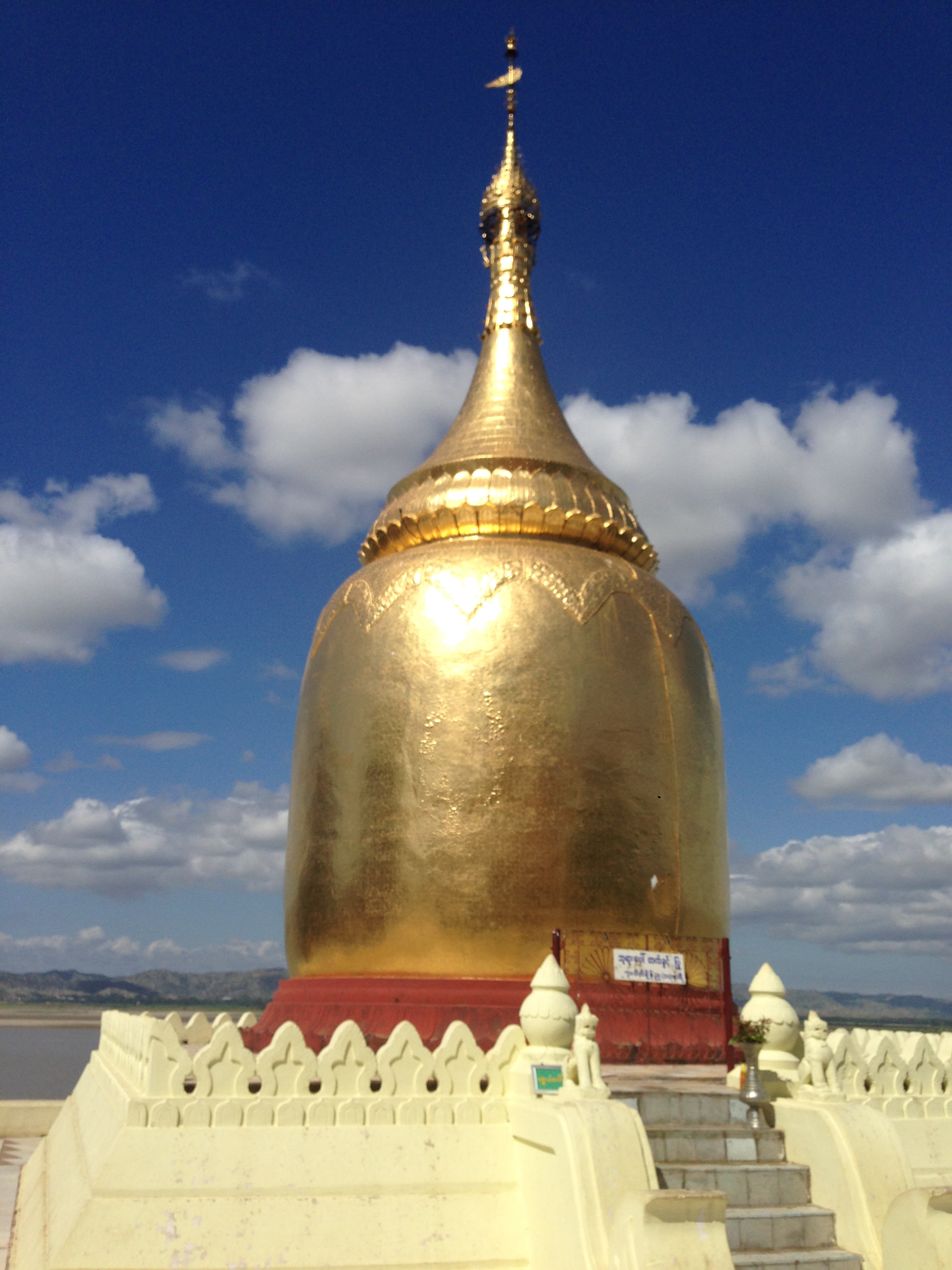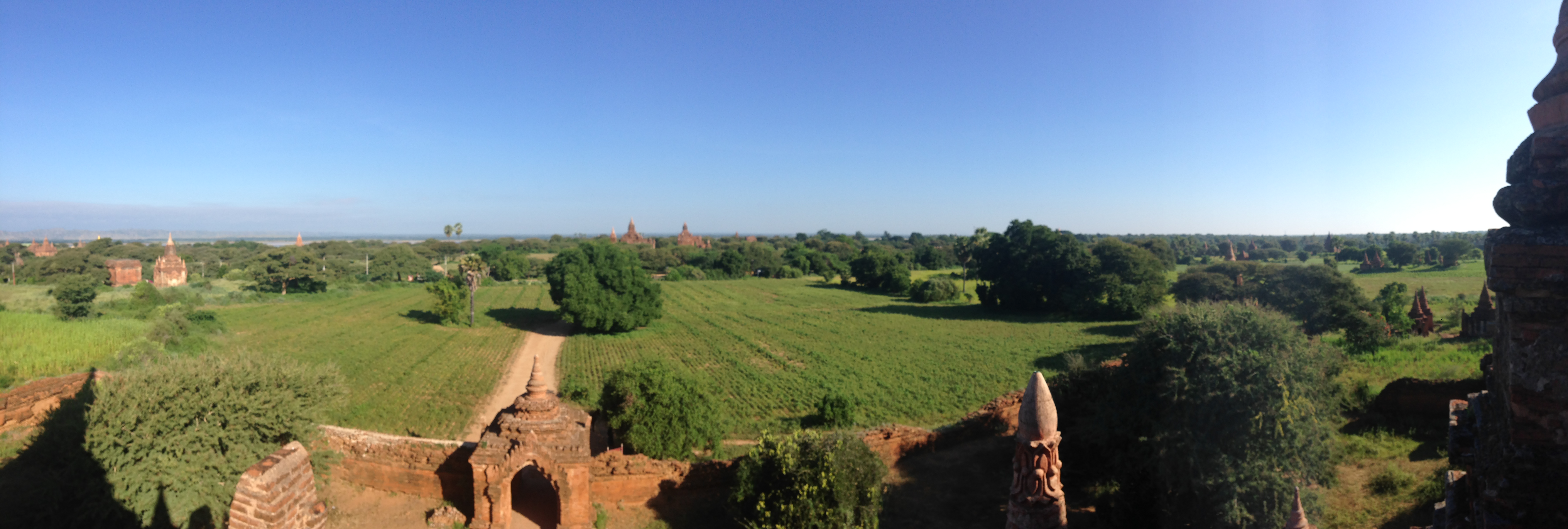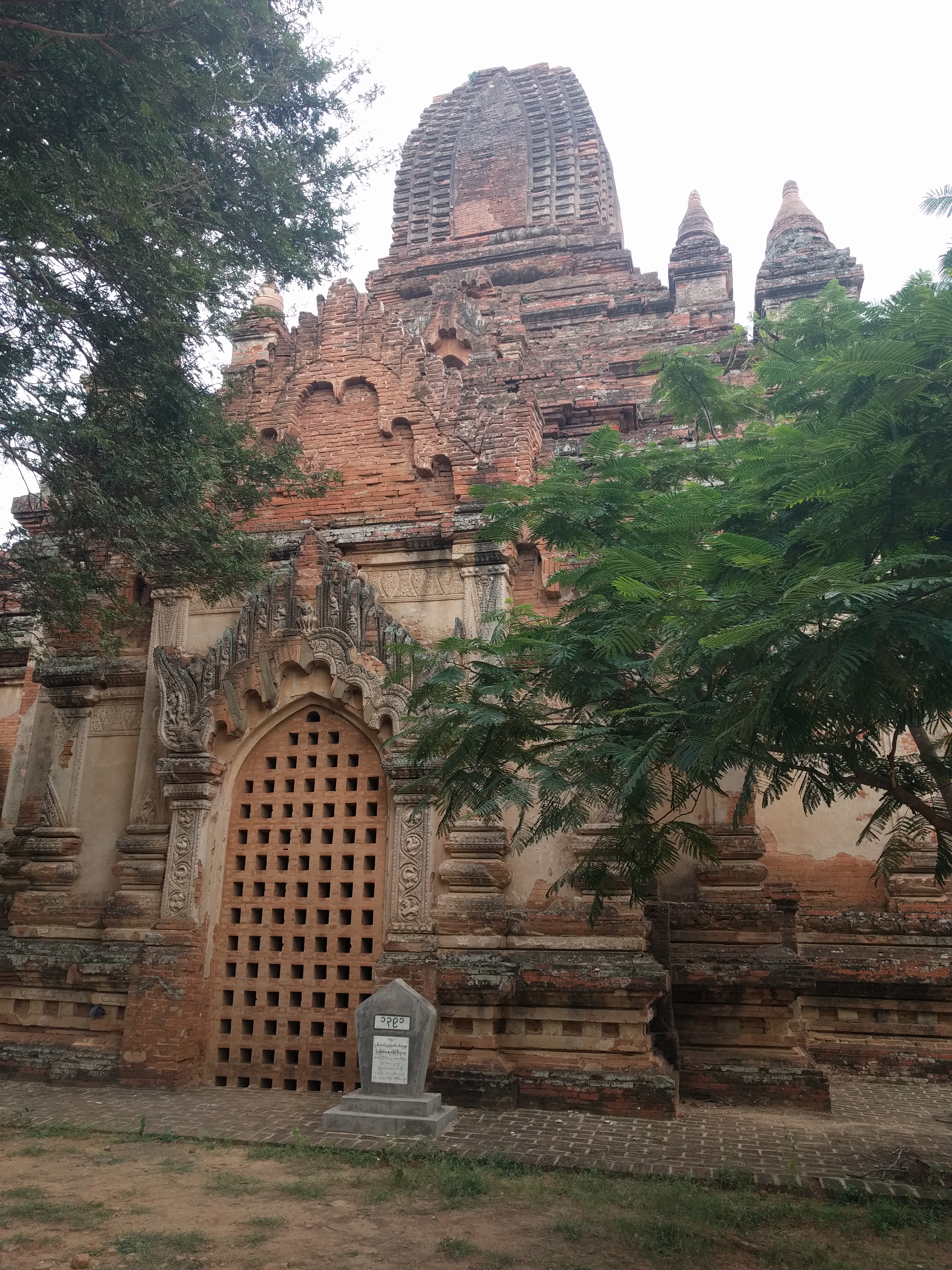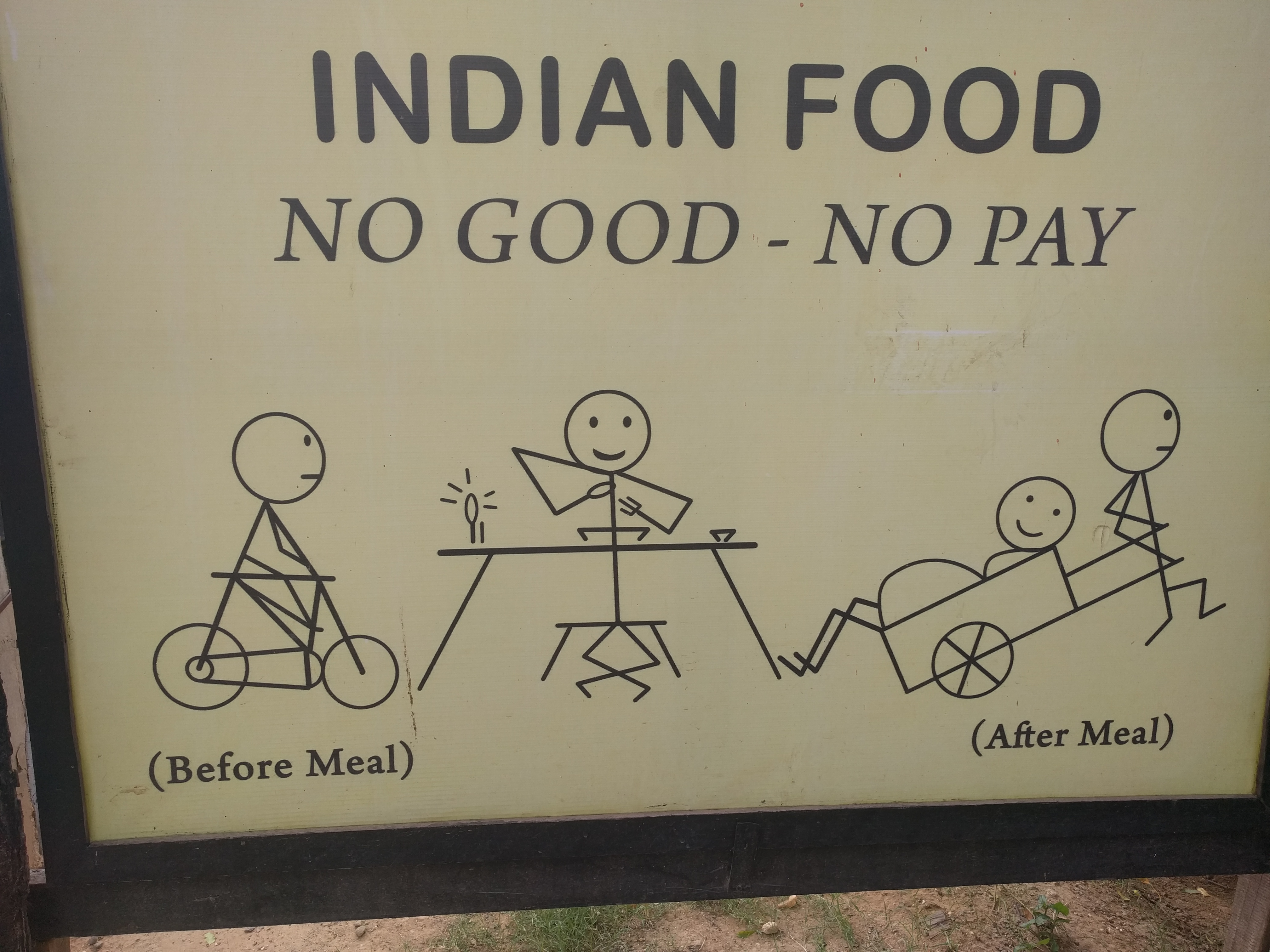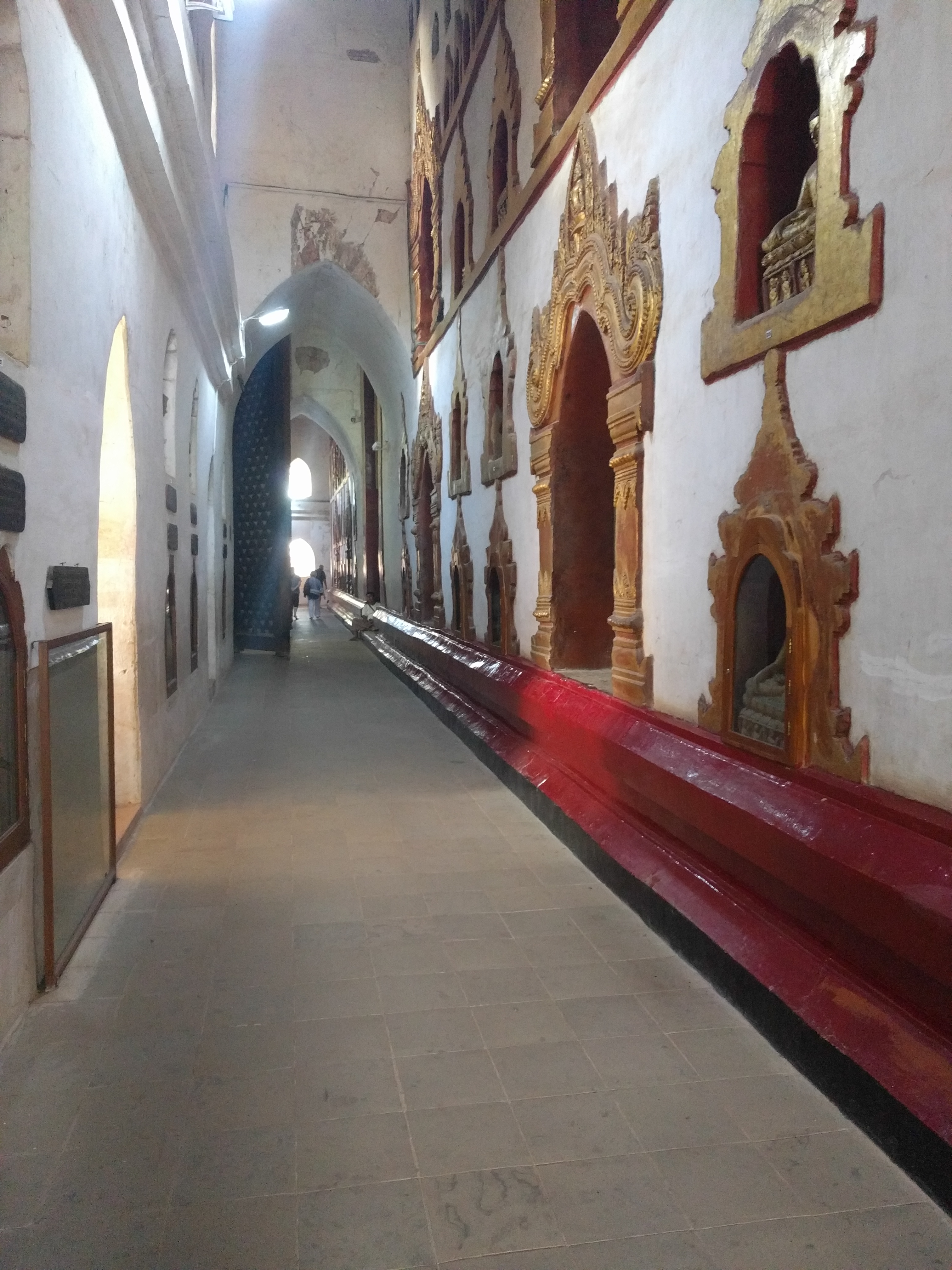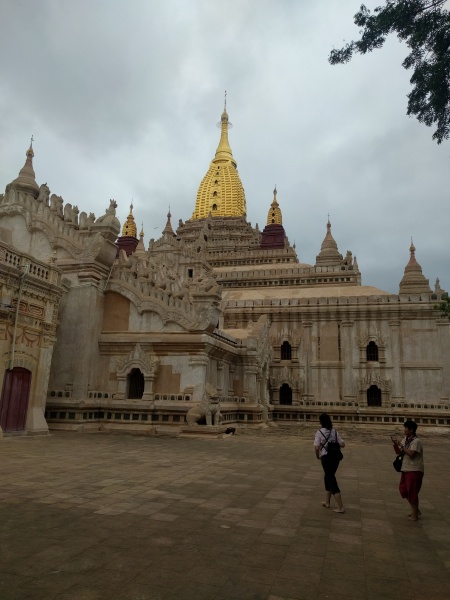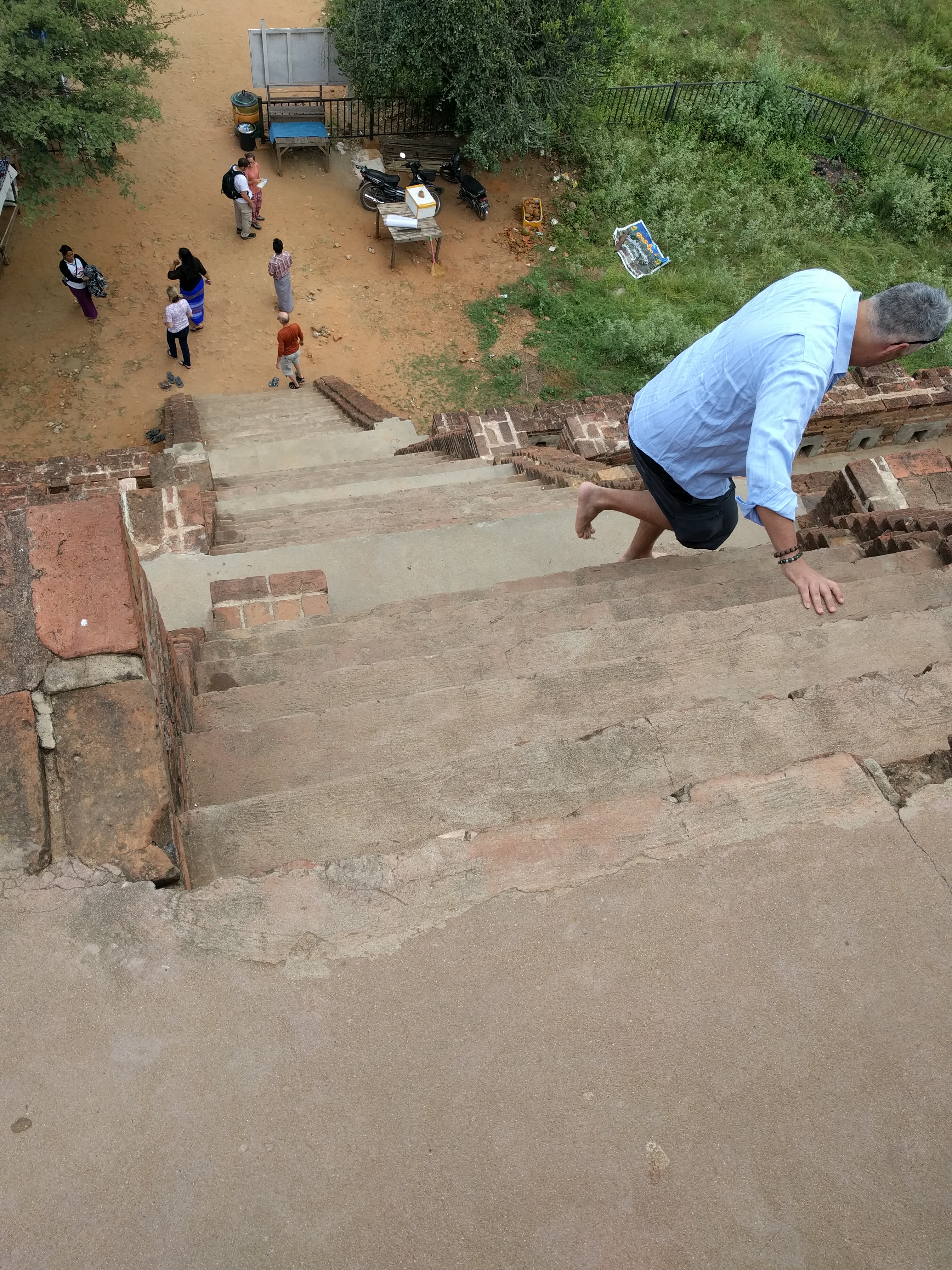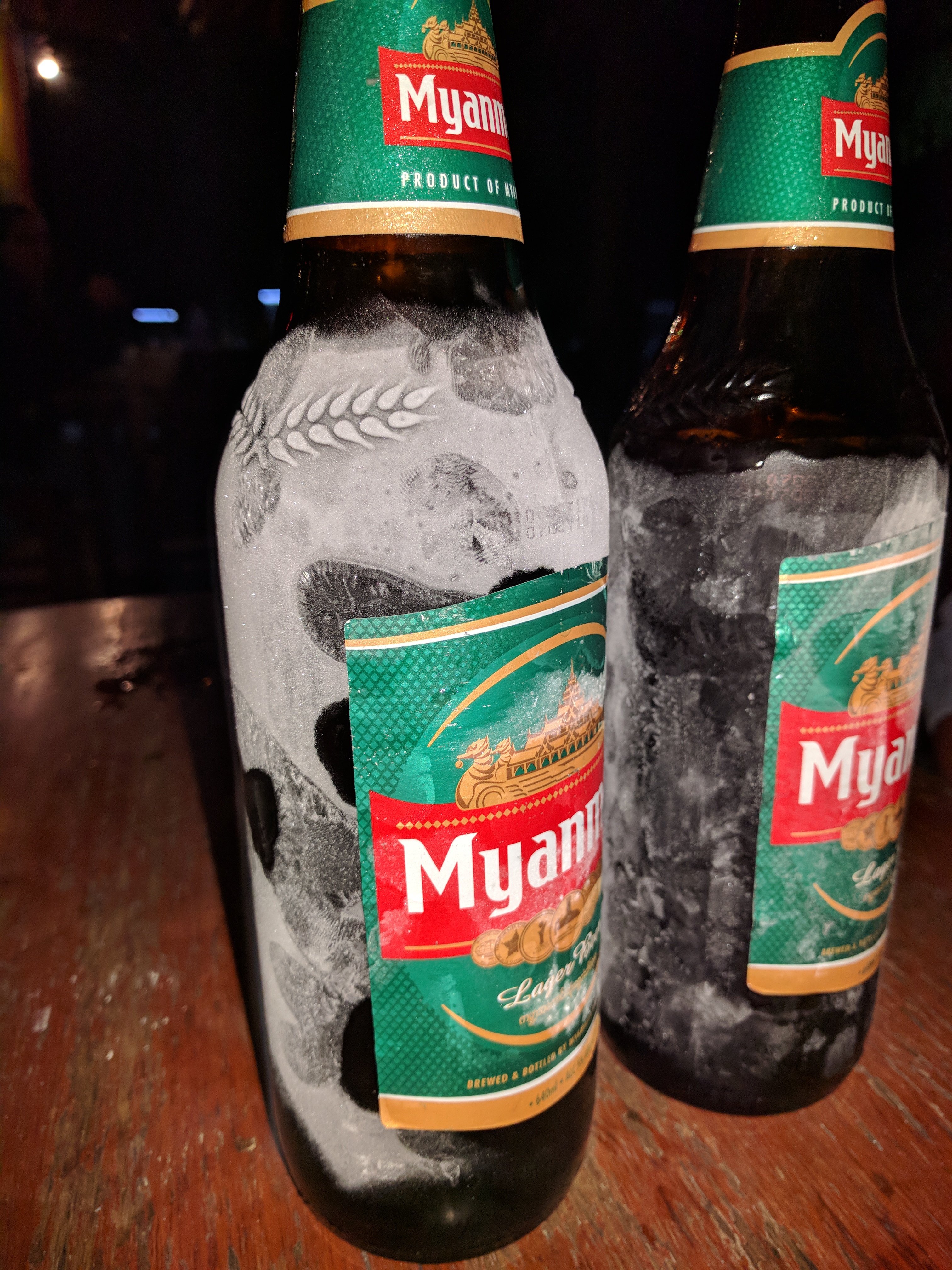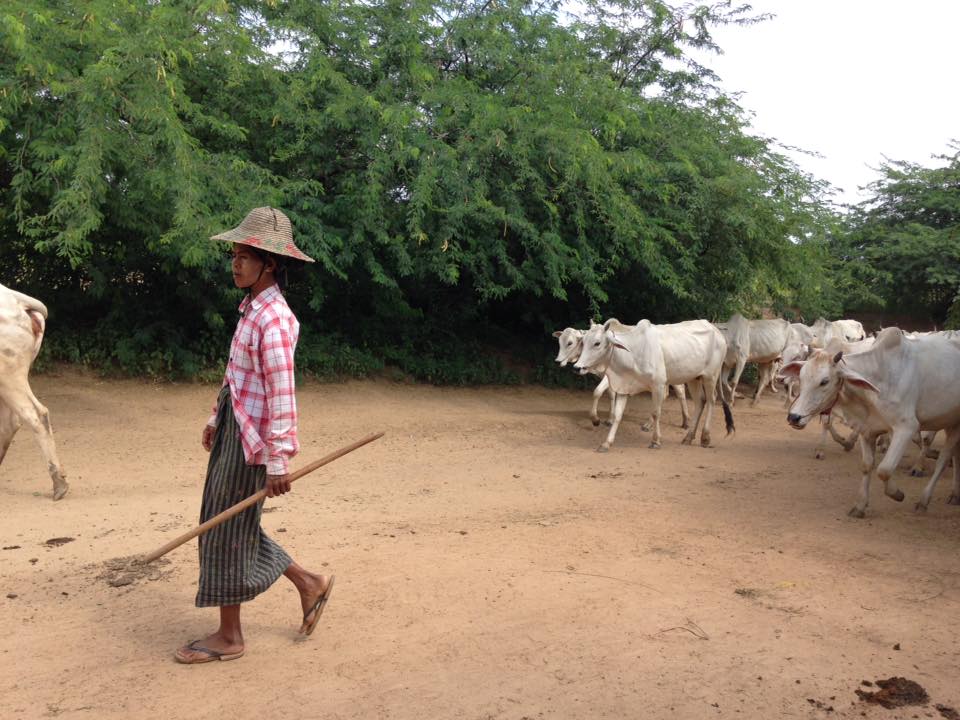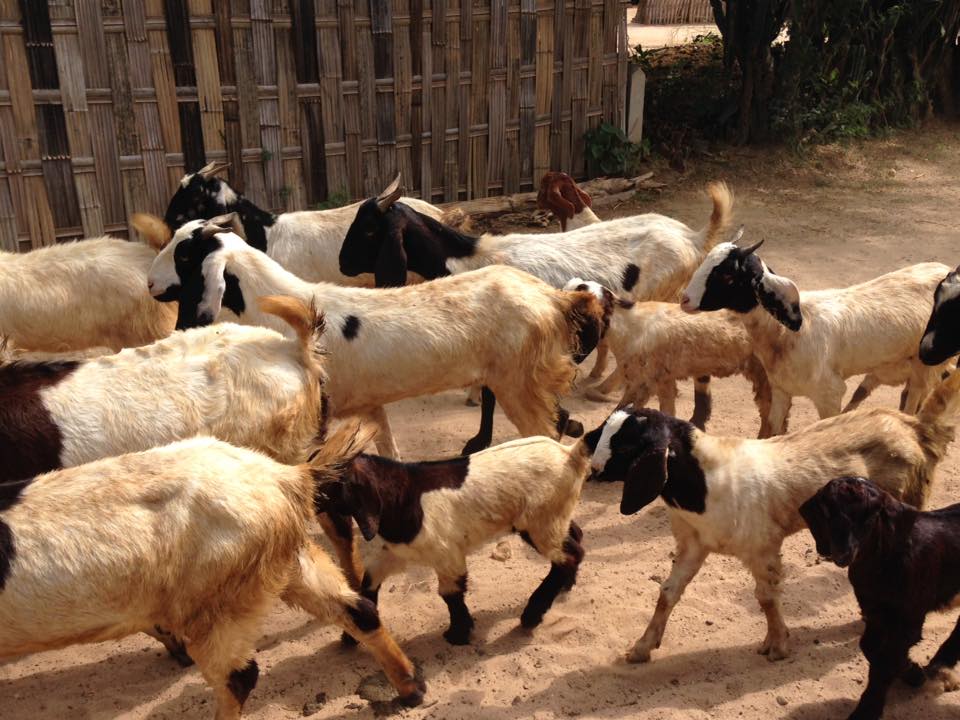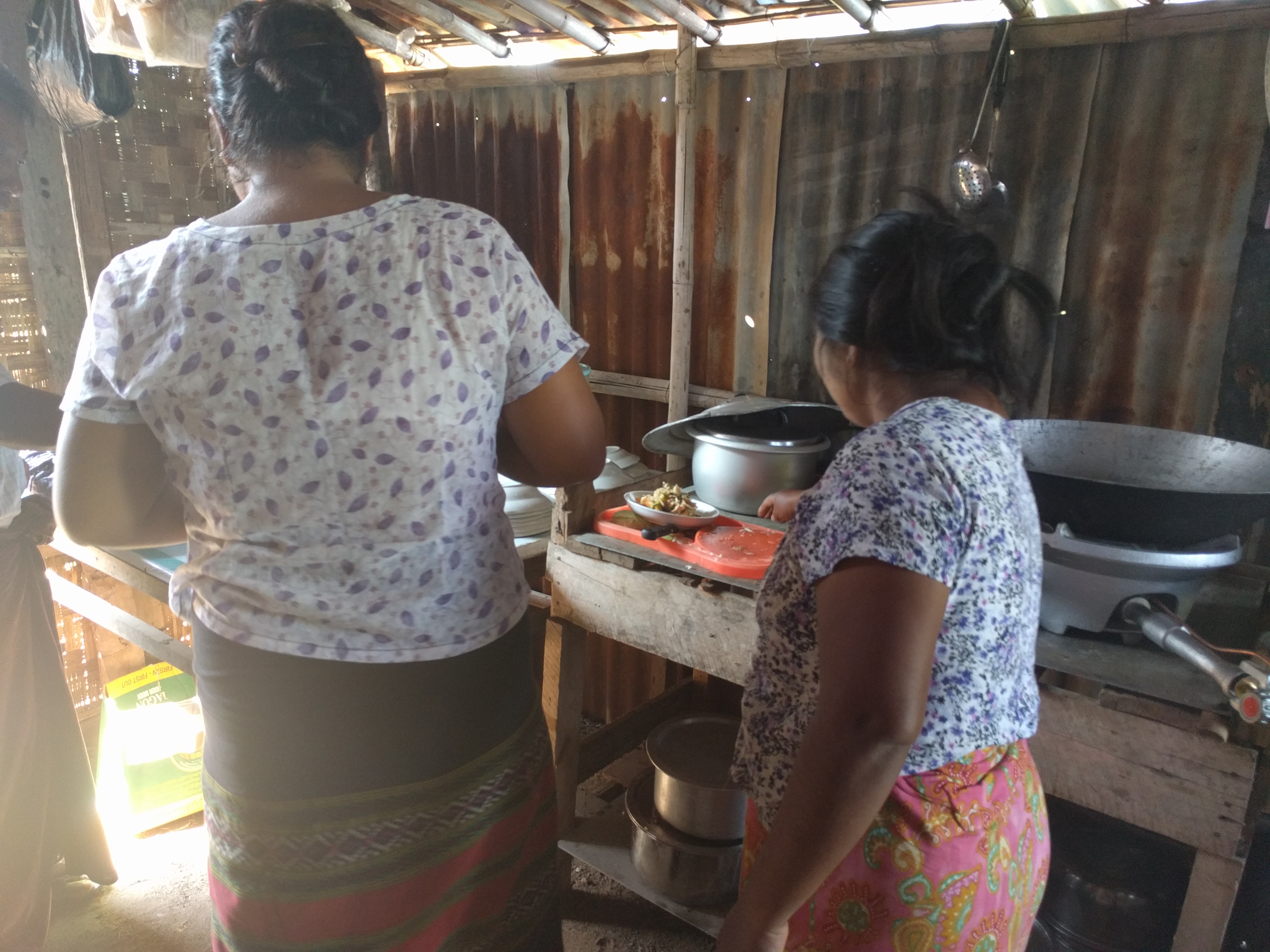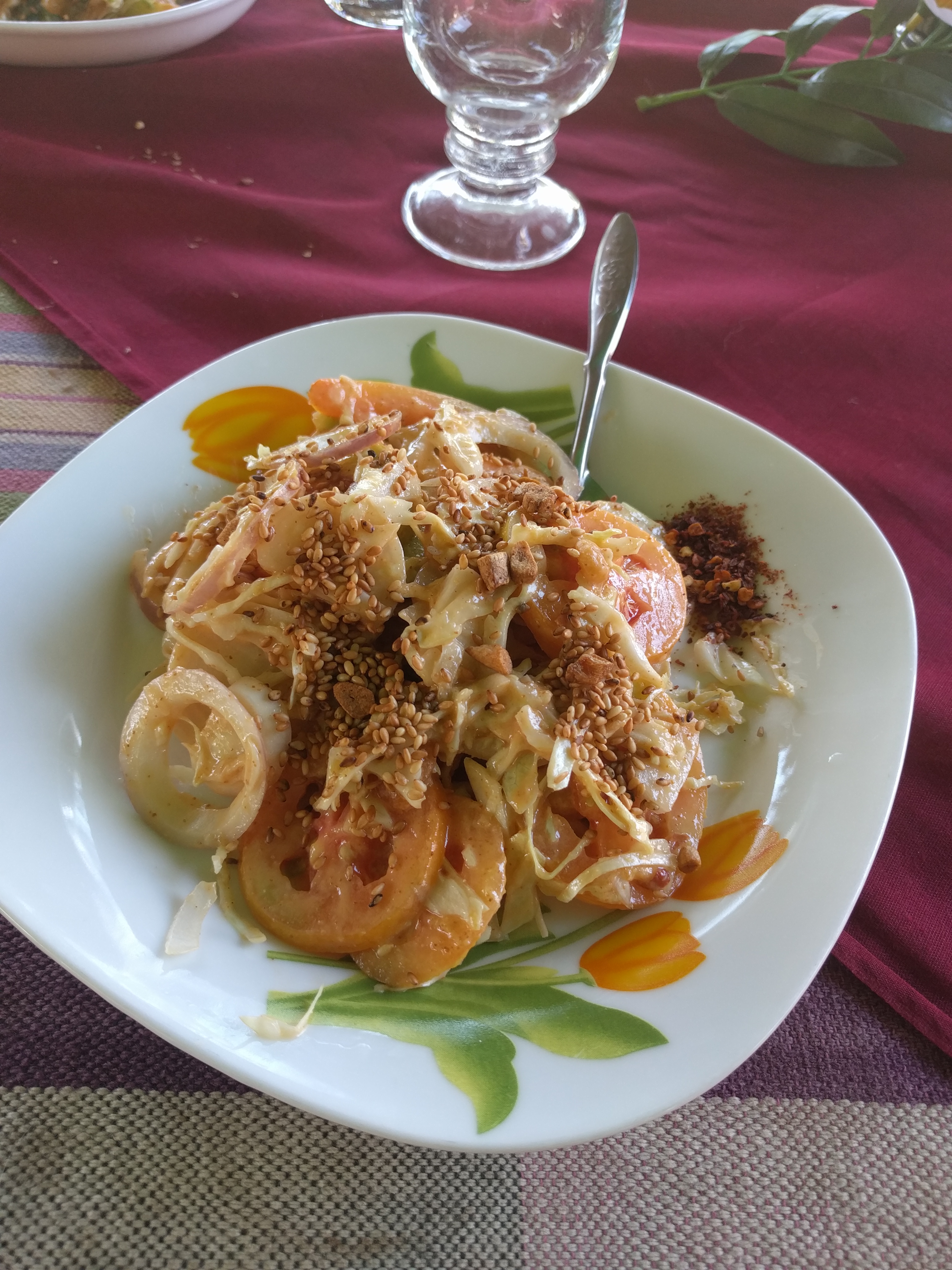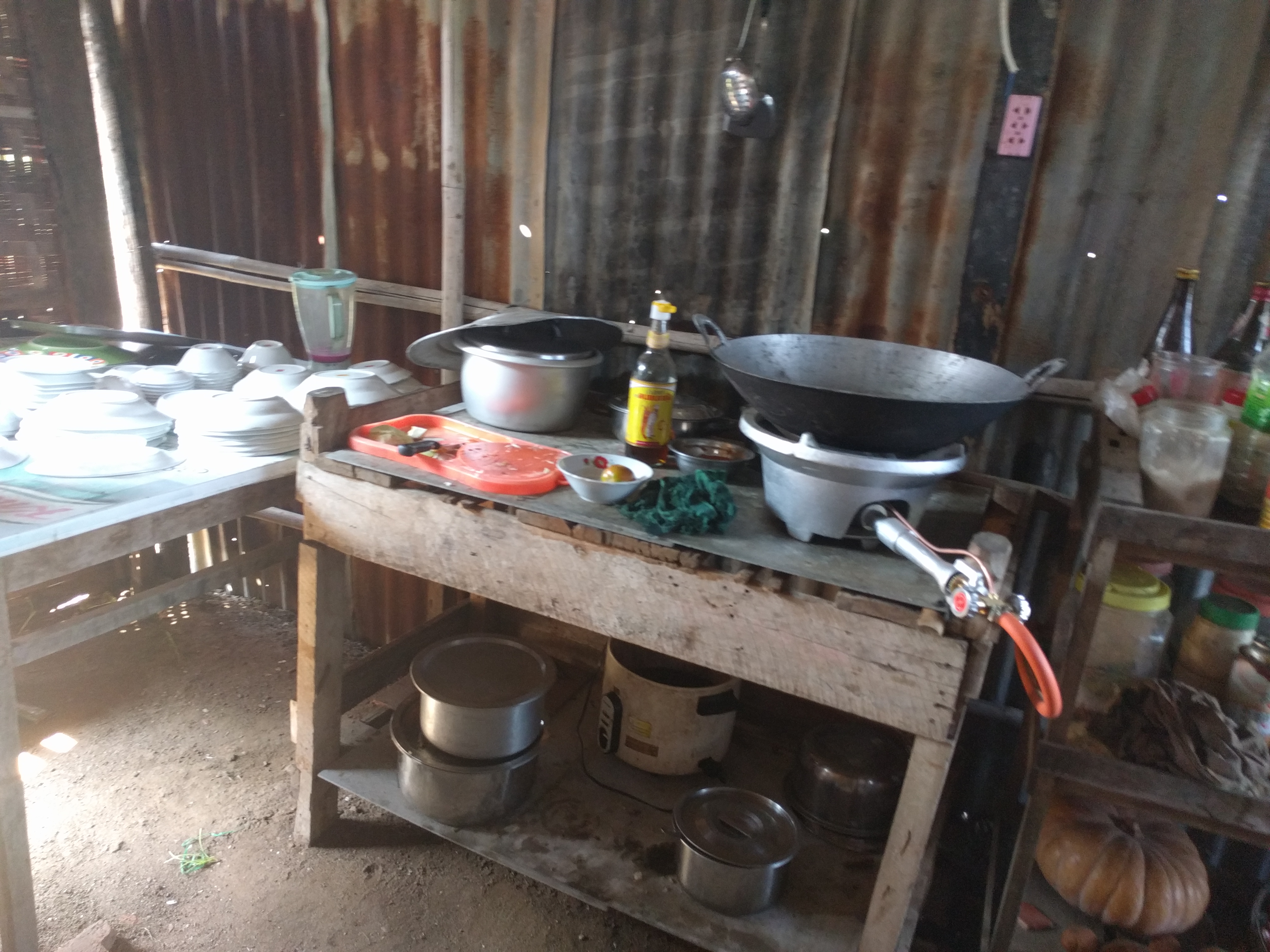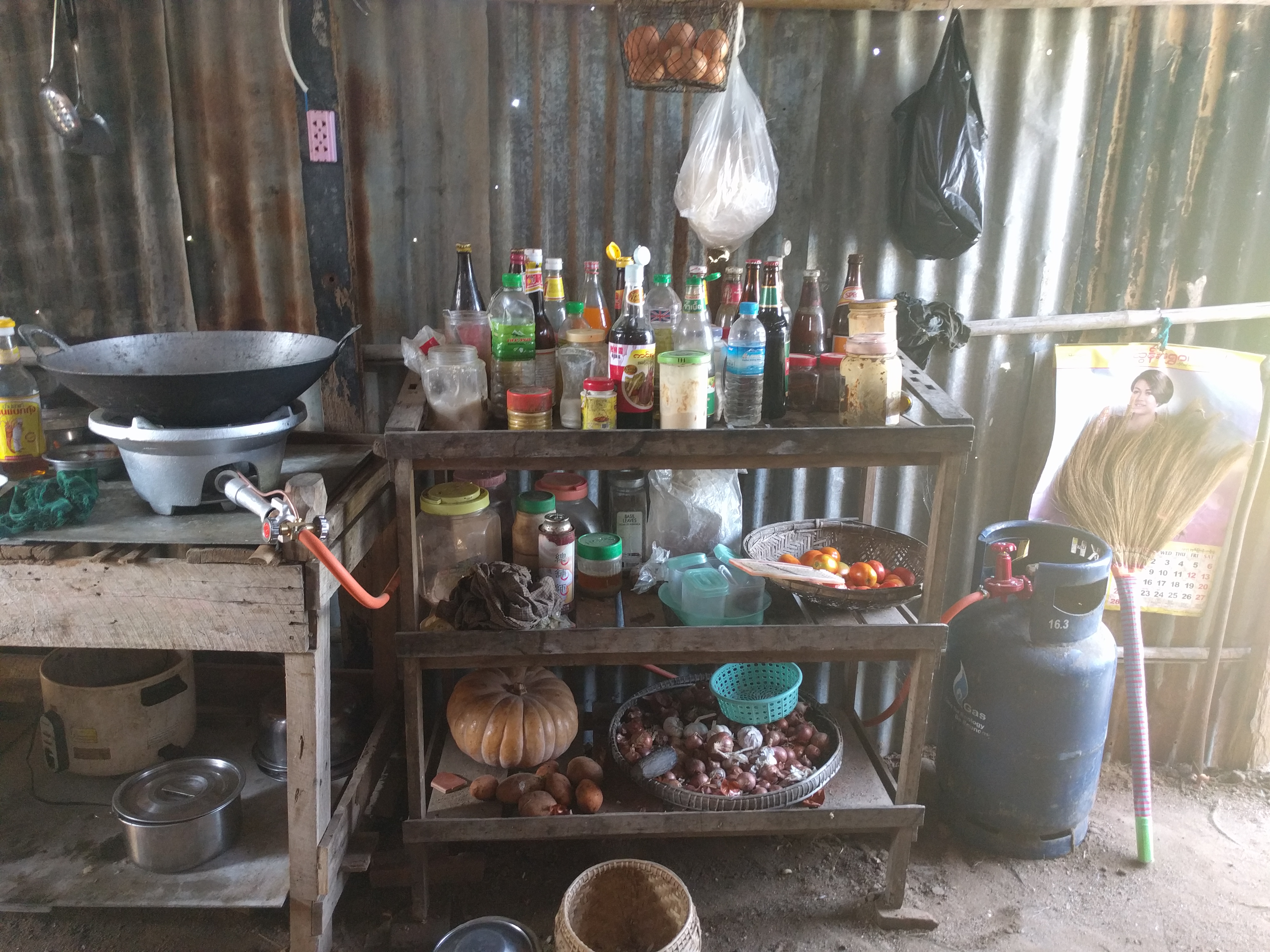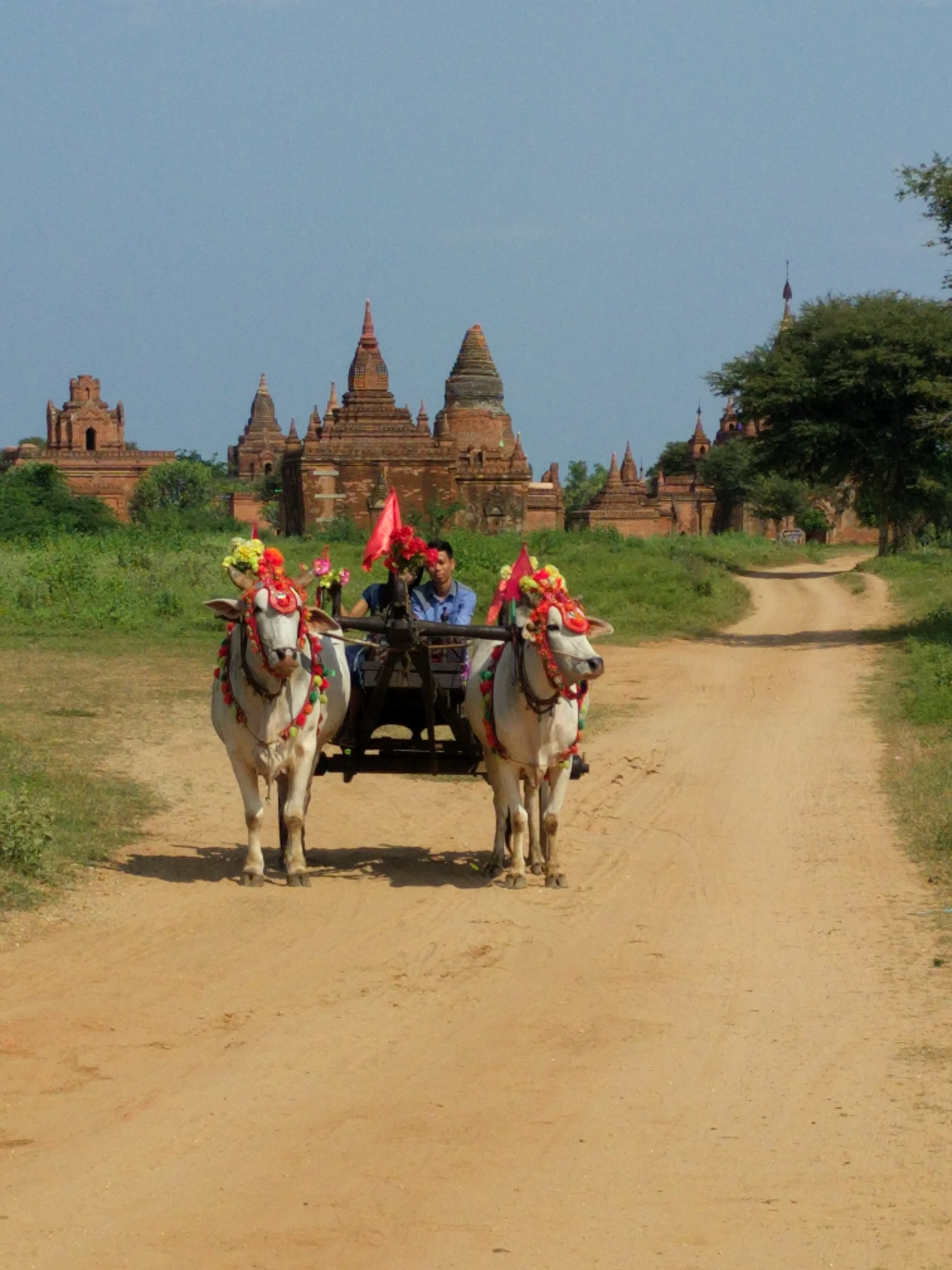
After the tourist hell that was Mykonos, I have sort of been dreading coming to Santorini. From all I had seen in advance, it was the prettiest of all of the Greek Islands, the striking white villages perched high up on the cliffs, overlooking the sea. Yes it would be stunning, but these views have attracted steady streams of tourists for many many years. And this is the bit that was troubling me.
Santorini is the most visited of all of the Greek Islands and is one of the top tourist destinations in the world. It lies 200 km southeast of Athens. Pre-Covid Santorini was getting around 2 million tourists each year.

Santorini is shaped like a half-moon as it was originally formed in around 1650 BC after a huge volcano erupted and the island is the remains of the caldera. The five villages of Fira (the one we are in), Oia (the famous sunset one), Imerovigli, Firostefani, and Akrotiri all sit atop the caldera and offer spectacular views into the crater.
Having hopped the midday ferry from Naxos, we did the 2 hour journey to Santorini which was relatively calm until…It was time to get off. And almost everyone got off. Thousands of people, on one of the big ferries, all trying to get their bags and get off the ferry, it was bedlam. Add to this all the vehicles and trucks on the ferry that had to wait for the hordes to exit before they could move.
From here you spill out onto the docks to find almost the same amount of people trying to cram themselves onto the ferry to leave. Add to this the tour group operators (that Jill has come to despise) the busses, taxis and motor transports all trying to find their passengers. To say this was a debacle would be underselling it.
Once in your transport, you then get to watch the traffic and graffiti for the next 40 minutes or so. The road out is a series of ever-diminishing switchbacks (8 in all) to climb the incredibly steep cliffside. This climb is done by everyone, busses, trucks, cars, transports and motorbikes. The road is narrow and only just allows these vehicles to pass on the straights. So at every switchback, the bus or truck invariably spilled over into the other lane jamming up traffic. Did I mention the thousands of people? A full coach only holds around 50 people. So we are talking 60-70 buses, along with minivans, trucks, lorries and fuel tankers all inching their way up this cliff.
Fira (with a population of about 2000) is the capital of Santorini, it is the cultural and economic centre of the island. On the west side of the island, it sits at the centre of the caldera. Fira apparently got its name through the mispronunciation of the word “Thera” in the late 18th Century when piracy stopped existing in the Aegean.
There are more than 1,000 beds per square km, more than any other isle after Kos and Rhodes, and in a destination of only 76 sq km, more than 700 restaurants, cafes, bars and bakeries – the vast majority concentrated in Fira, the main town.





There are two ports in Santorini, the old and the new. We got off at the new port. The old port is reserved for cruise ship tenders that drop their passengers at the bottom of the cliff (unless you have booked a day trip, then you get dropped at the new port to a waiting bus). Local laws were passed in 2015, limiting the number of cruise ship passengers allowed on the island each day to 8,000. But this was quickly thrown away and now up to 7 cruise ships (3000-5000 per boat) could be parked in the bay during peak times. Once you get off your cruise ship and have been dropped at the bottom of the hill you have 3 options:
- Ride the cable car to the top (for 6 euro each way)
- Walk the 587 steps and climb up to the town
- Or hire a donkey to walk the stairs for you for 10 euro each way (25-35 mins)





Whichever way you get there, once up the cliff you are surrounded by the island’s iconic white-washed buildings and blue-domed churches. And there are tons of churches. We found this out at the crack of dawn the next morning when the bells went off, for about 20 mins, repeatedly.
The main show for the Catholics is the Cathedral of St John the Baptist which was was built in 1823 but restored in 1970 after an earthquake (1956).


The main show for the Greek Orthodox is the Candlemas Holy Orthodox Cathedral which was built in 1827 and was also renovated after the earthquake.


But it is the Three Bells of Fira that is the money shot that you see on all of the postcards and Instagram shots. Officially it is the Aghioi Theodoroi Church (Saint Theodoros Thira Holy Orthodox Church) in the village of Firostefani (which is really just part of Fira).




The biggest challenge that you get here is to find an angle where you can avoid the Instagrammers while also cutting out the the cruise ships from the photo. If you are patient enough this can happen.
Ignoring all of the hustle and bustle, the township is quite pretty and you can certainly see why it is such a popular tourist destination. The one thing missing was Greek people. The shops and bars were mainly staffed by foreigners and there were very few locals that we could find. Doing our research we found that unless you worked in the tourism sector, you could not afford to live here. This rang true on Jill’s booking experience, the first place she booked was closer to town. By changing our location to a bit further out we managed to save $500 on accommodation (we only stayed 2 nights).




Santorini has started its own beer brand and sells it everywhere it can. We figured that we should give it a try. They are predominantly IPAs which means they are too malty for my tastes. I tried the lager but it was too fruity. Talking to a barman (at another place) he said that there were no preservatives and therefore they must be kept cool or they go off. This may have been the case, as my lager was very ordinary.



Also in town were the Museum of Prehistoric Thera and the Archaeological Museum. We did not go in, but for those interested, they are options.
When googling what to see and do in Santorini the top things that come up are sailing cruises around the bays and a range of wineries. The number one thing that comes up is the hike from Fira to Oia. When you look a bit deeper, you find that this is a 10+ km journey along a pathway up and down, along the edge of the caldera. I looked at the images and the various photos were spectacular, but I’m not doing that, as long as my ass points towards the ground, I’m not doing that.
Oia
So instead of doing a ludicrous walk, we paid about 2 euros each and caught the local bus to Oia. Every evening the local buses, along with private coachloads of tourists, descend on Oia. The crowds push their way along the village’s packed central alleyway, they head past the shops selling luxury gear and trinkets. All with one goal to find their vantage point of choice (the eateries and bars that line the clifftop rim), so that they can settle in for sunset while they pay top dollar for cocktails and panoramic views.




Now this town is stunning. It is the sunset point that everybody craves and with good reason. It is set up perfectly for it too. The front strip is brand new (rebuilt after a major earthquake) and is full of cafes and restaurants, all facing west. And of course, the prices are obscene and every Instagrammer is dolled up and ready for their vanity shots.







Every now and then you pop up on a place that has not had a makeover, but for the most part, this place has been fully revamped. As terribly expensive as this place is, the good side is that the top thing to do is free. And that is to walk and just simply enjoy and admire the view, which is truly amazing.
A check of the accommodation sites shows you that a villa in prime position, built into the cliffside overlooking the volcanic caldera, can cost up to €15,000 ($25,000) a night. And with growing demand for the spectacular views as a backdrop for weddings, marriage proposals and vow renewals, everyone is booked solid.
Leaving Oia (before waiting for sunset) we headed back to the bus stop to return to Fira, only to find about 200 people in line waiting to do the same thing. Now, now only about 50 people fit on a bus and they only come every 30 mins. We were not waiting 2 hrs to get home. An opportunistic van driver was parked nearby offering immediate departure for €10 a head. So once his 11 seats were filled we went and he made €110 for a 20 minute drive.
Santorini Beaches. Due to the the volcanic nature of Santorini, the beaches have become their own attraction. The past volcanic eruptions not only shaped the island but also the beaches. There are distinct differences in the colours of the sand (red, white and black) as well as some covered in volcanic rocks and pebbles. The tourism blurb claims that “the dissimilar beaches will please everybody”.


Perissa and Perivolos offer the best long beaches covered with black sand and pebbles. Kamari Beach is also a black sand beach but according to the locals, the beach itself is not the best, since it has pebbles and small rocks which hurt your feet. All of these come equipped with beach umbrellas and sunbeds with beach bars and restaurants nearby.
The White Beach in Santorini or Lefki Ammos, as called by the locals, is a beach of black pebbles and grey volcanic sand under high white cliffs. The sand on the beach is not white, as its name clearly indicates.


The Red Beach of Santorini is surrounded by volcanic cliffs and rocks, leaving the black and red pebbles and red sand
Ancient Thira
The Mount of Prophet Elias is the highest point of Santorini. From up here you can see the whole island! Most notably you see the huge difference between the tourist side on the cliffs to the west and the traditional side on the flat part of Santorini to the East. Our short time did not allow us to visit here but the photos look nice.
On our last day, we had a few hours to kill as we had a 4pm ferry out and had to be out of our room at 11am. So I settled in to write this, while Jill got into a long chat with the manager/receptionist of the hotel. In this chat, a whole lot of things came up that we had no idea about.
The number one for me was that this place did not run all year round. I knew that there was a tourism window from April to November, with peak times in July and August. What I did not realise is that from the end of November, everything shuts down. Apparently, there are only 2 restaurants open and virtually all hotels shut their doors. December and January everyone leaves, and in February/March the cobwebs get dusted off in preparation of the next run.
We are used to tourism in Australia where everything runs all the time. Sure there are peaks and troughs (school holidays etc) but it never just stops dead. Well, it does here.

As much as I dreaded coming to Santorini, both Jill and I enjoyed it. Yes, it was obscenely overpriced (especially in Oia), and it was full of Instagrammers and plastic people. And yes it was a tourism mecca and the crowds were crazy, but we still enjoyed it. We chatted and tried to work out why we liked this but disliked Mykonos so much. We don’t have an answer, but we really did not enjoy Mykonos but did Santorini.
